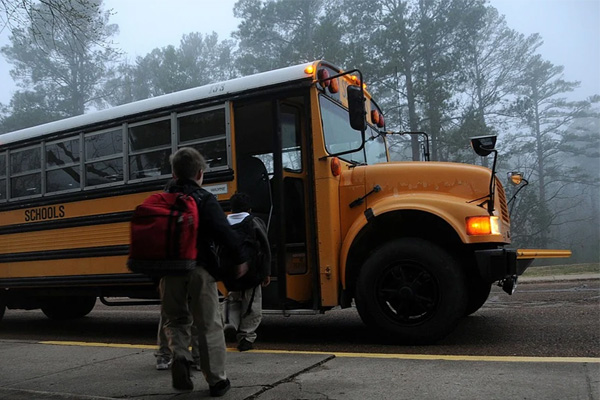Travel Pages
RomWell Travel Advisory
Personal Safety for Little Travelers
When thinking about travel safety for children, most people think of vacations and holidays trips by plane or car. Don't forget most kids' traveling is done locally and daily - to school, to the mall, or to a local soccer match. Most accidents happen near home rather than away so parents should make sure their kids travel as safely locally as they do globally.
Child safety seats are an easy way (and, required by law) to reduce the risk of serious injury in an accident. Choose a safety seat that fits your child according to his size, age, weight, and, to your type of vehicle. You should purchase different seats to fit as baby goes from newborn to toddler. Local agencies such as police, fire, and public health departments will gladly assist you in fitting your child with the proper safety seat.
Once the child reaches 4 ft. 9 in., he can be restrained using a seat belt without a booster seat.
Make sure the child is able to use the lap and shoulder belts while sitting with his back against the seat and his knees bent over the edge of the seat without having to slouch. The seat belt should rest low on top of the thighs and the shoulder belt should lie comfortably across the middle of the chest. Every child's body develops differently; if your child at 4 ft. 9 in. can't use the seat belt/shoulder harness comfortably, keep using a booster seat.
Whether traveling short or long distances, kids should not lean out of the vehicle's window or stick their arms or legs out of a moving vehicle. Leaning out the window of a moving vehicle is a big no-no as the child could lose her balance and fall out of the car. Discourage horseplay to minimize distracting the driver. Impress upon your child the importance of following safety rules when they're riding when relatives or friends' parents.
School bus travel is a big part of kids' lives so they need travel safety rules for this mode of transport. Wait until the school bus comes to a complete stop and the driver opens the door before stepping into the roadway to enter the bus. If the bus is equipped with seat belts, kids should use them and remain belted until they get off the bus. Don't distract the bus driver with loud noise or rough play with other children.
Once your child reaches her destination, she should ALWAYS get off by walking in front of the bus, never behind it. The school bus driver must be able to see the child walk in front of the bus and cross the street in order to know when it is safe to continue driving. If your child drops something while crossing in front of the bus, he should return to the bus and alert the driver BEFORE picking up the dropped item. It is important that the bus driver be able to see the child at all times to avoid running over him.
These few common sense travel tips will help get little (and big) kids to their destinations safe and sound every time.
About the Author
Child safety and personal safety are of special concern to this author. Purchase child safety kits and Identakey products from id card printer specialists at Safe-Card ID



